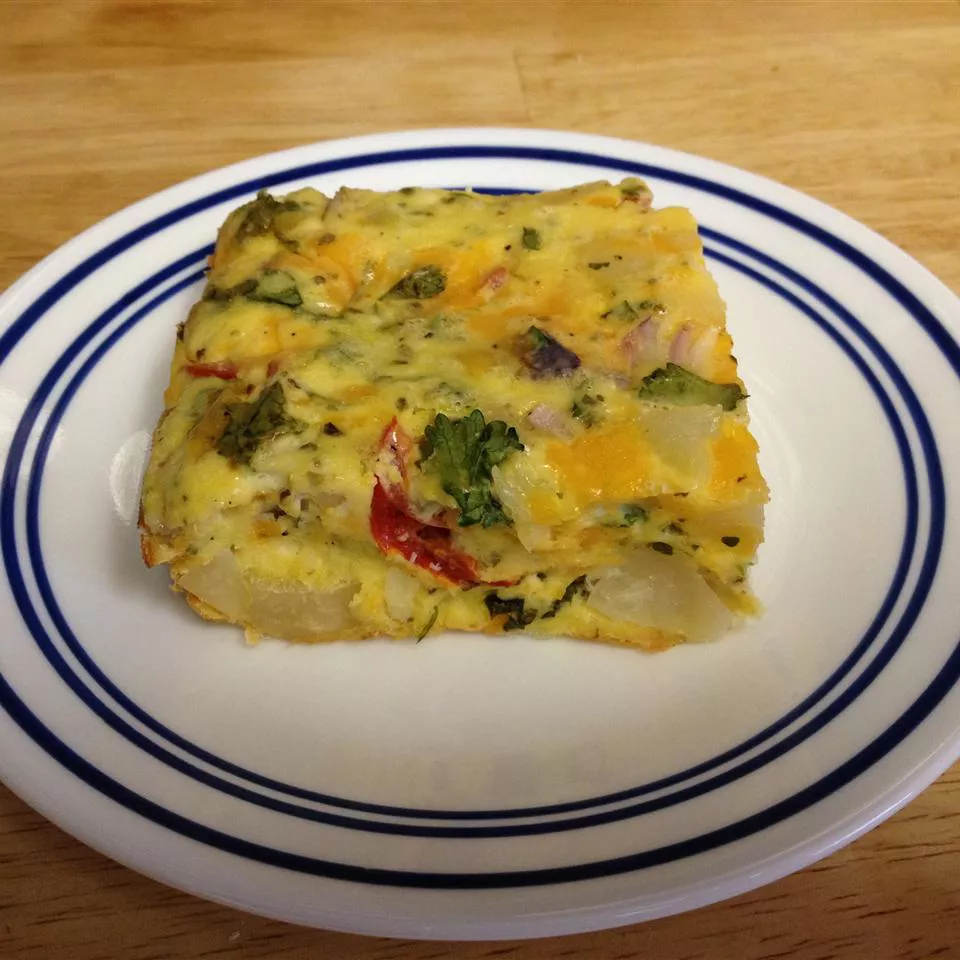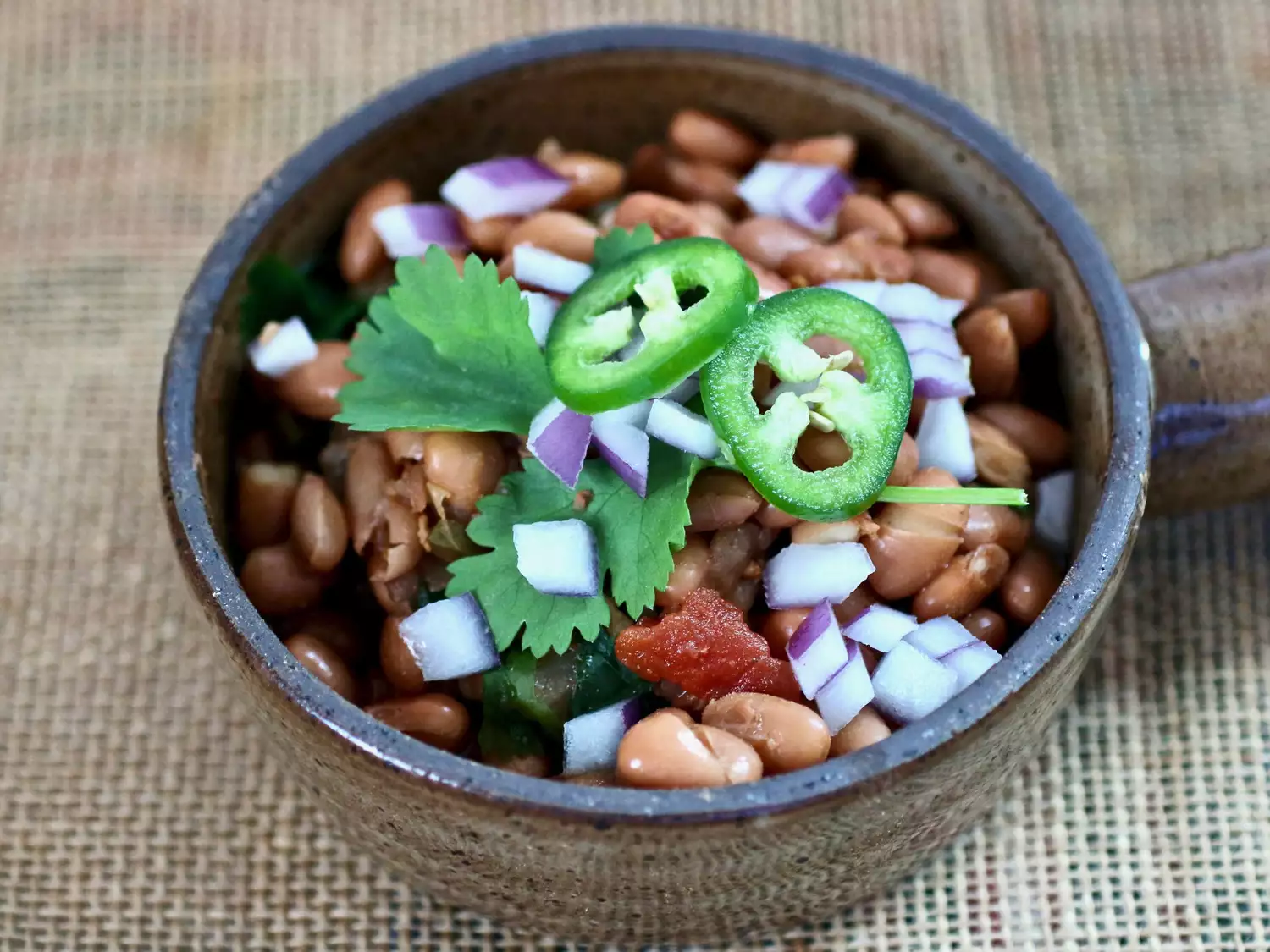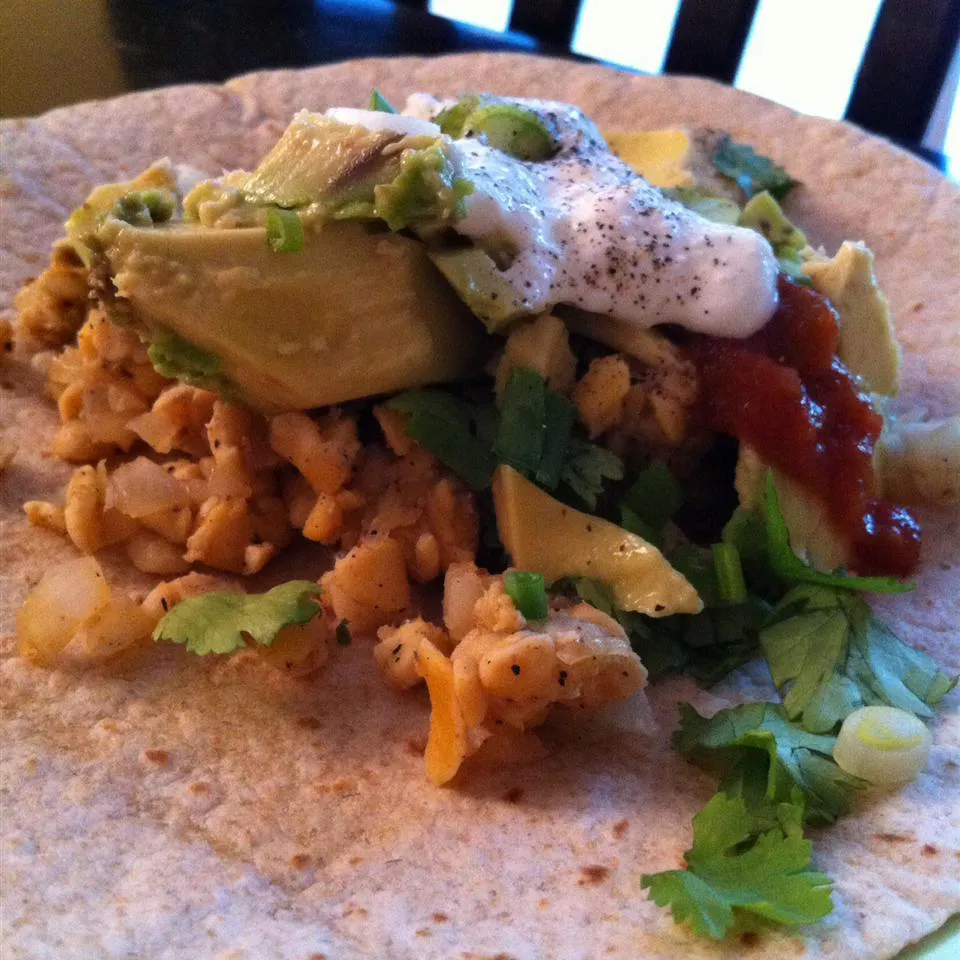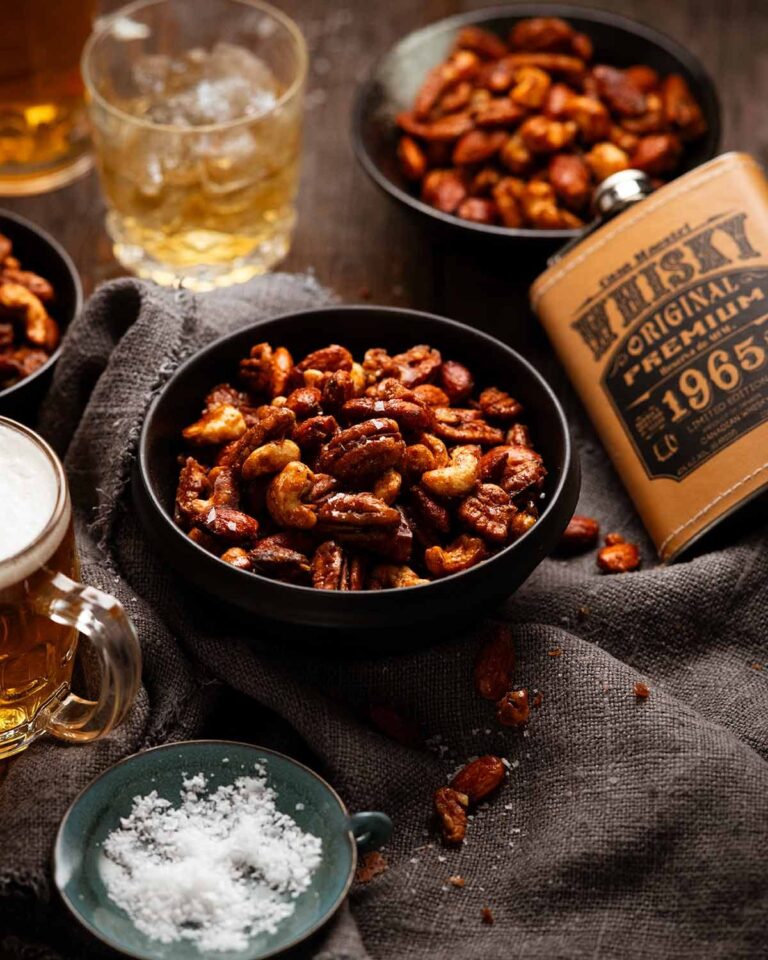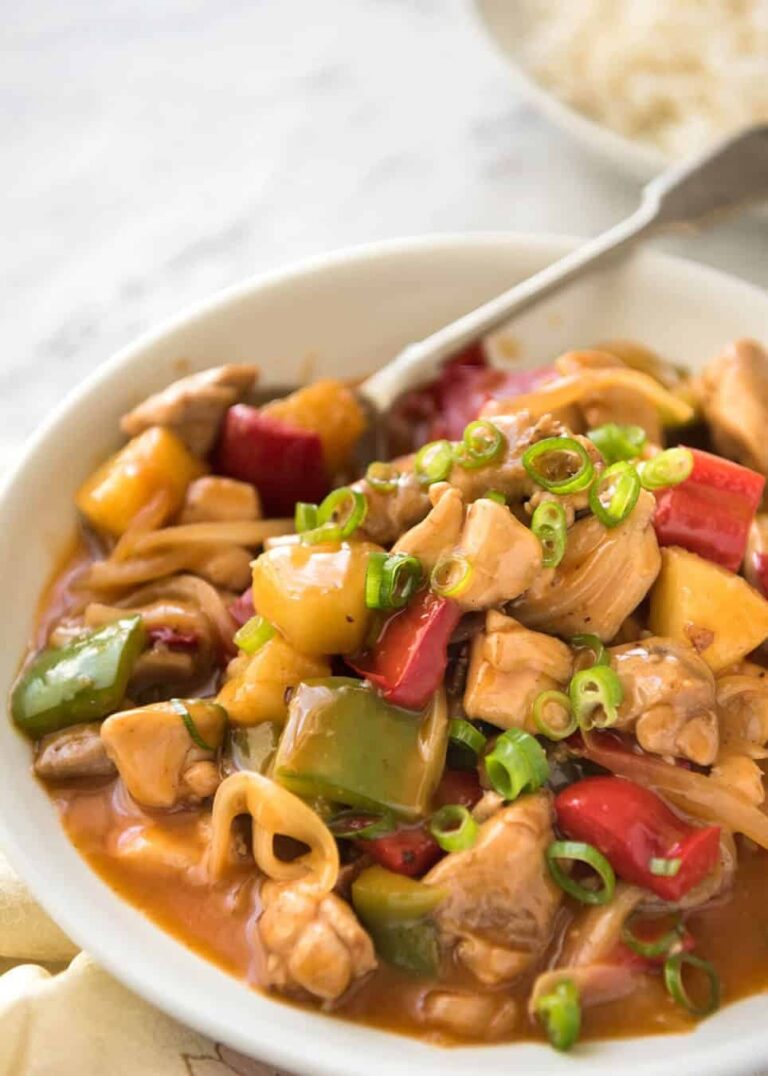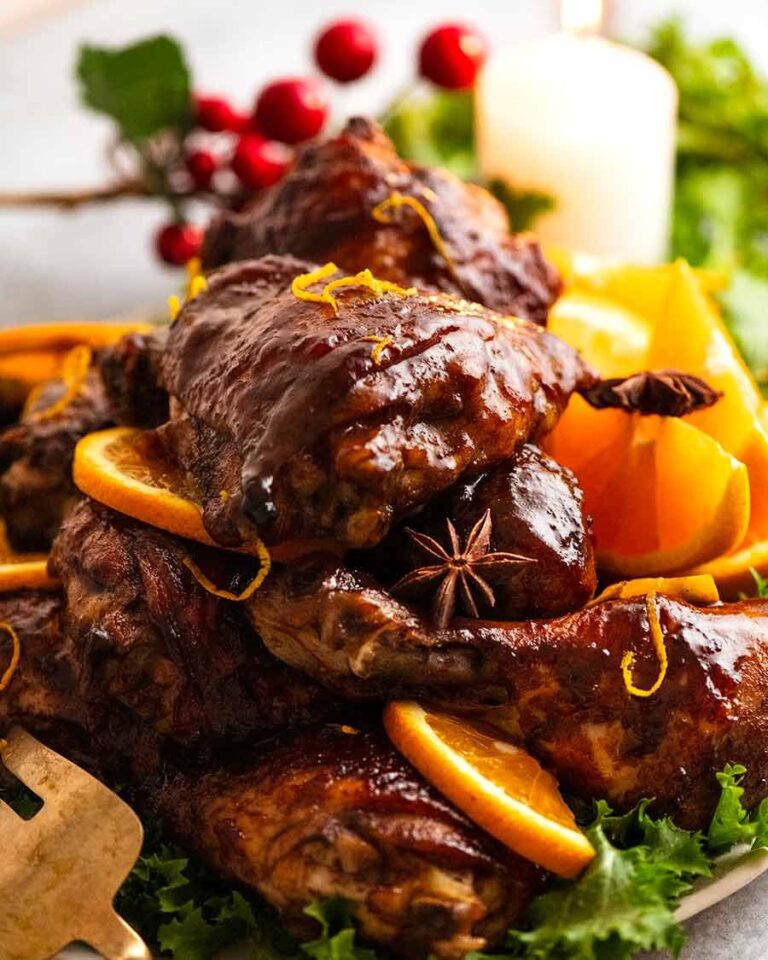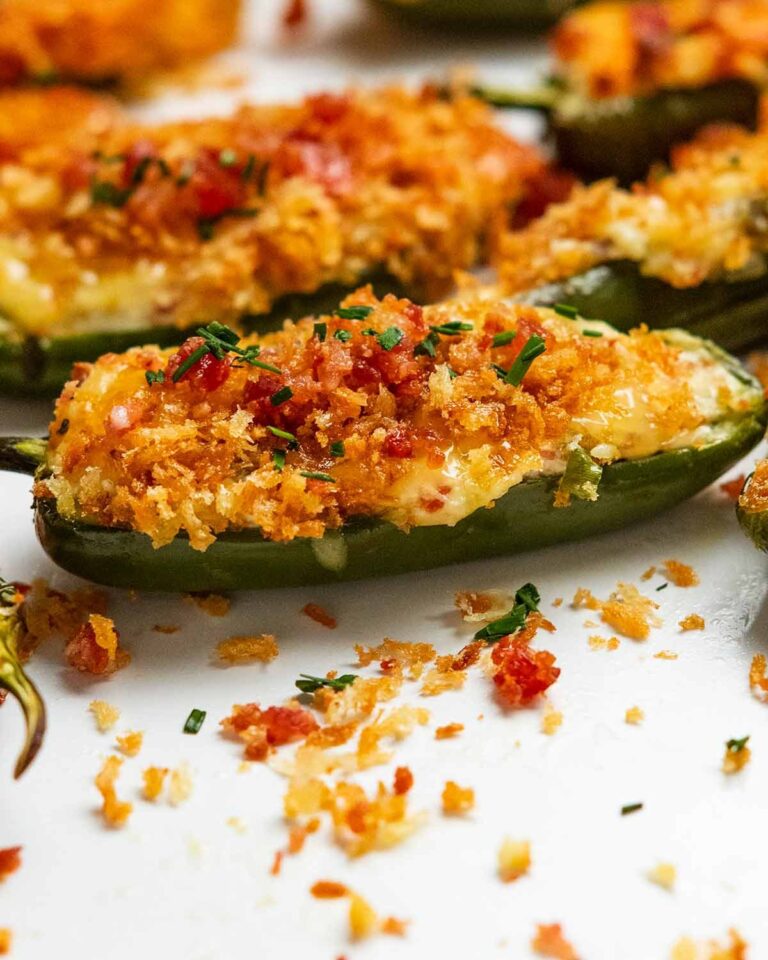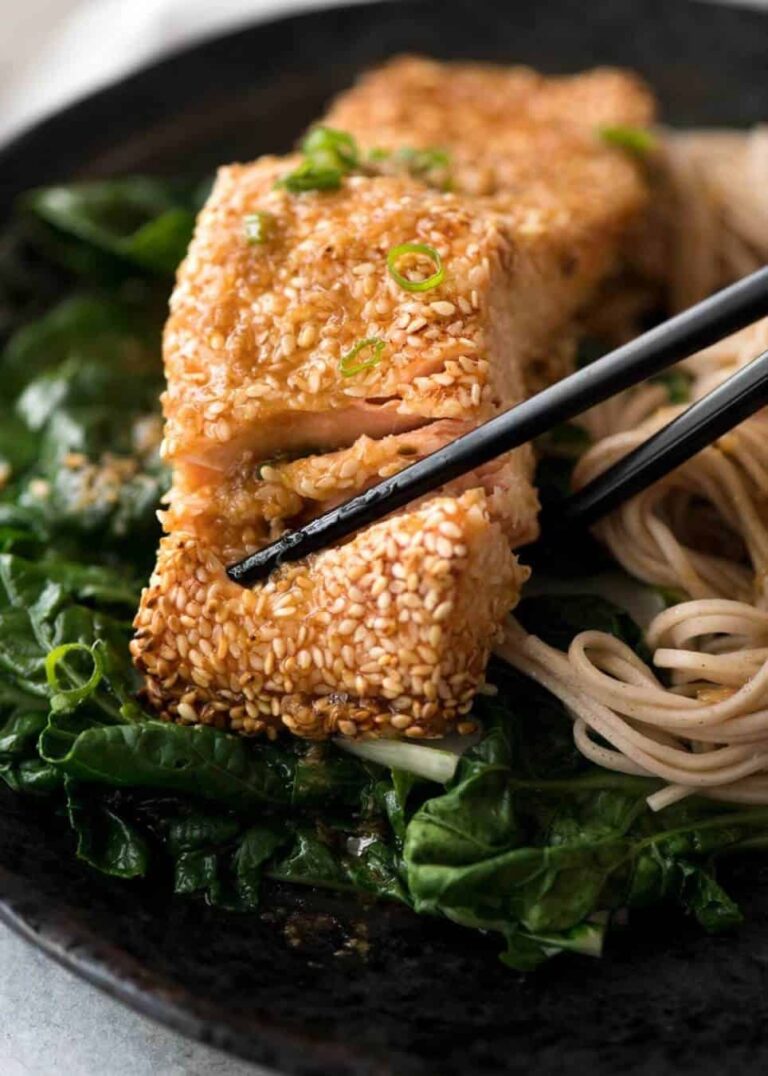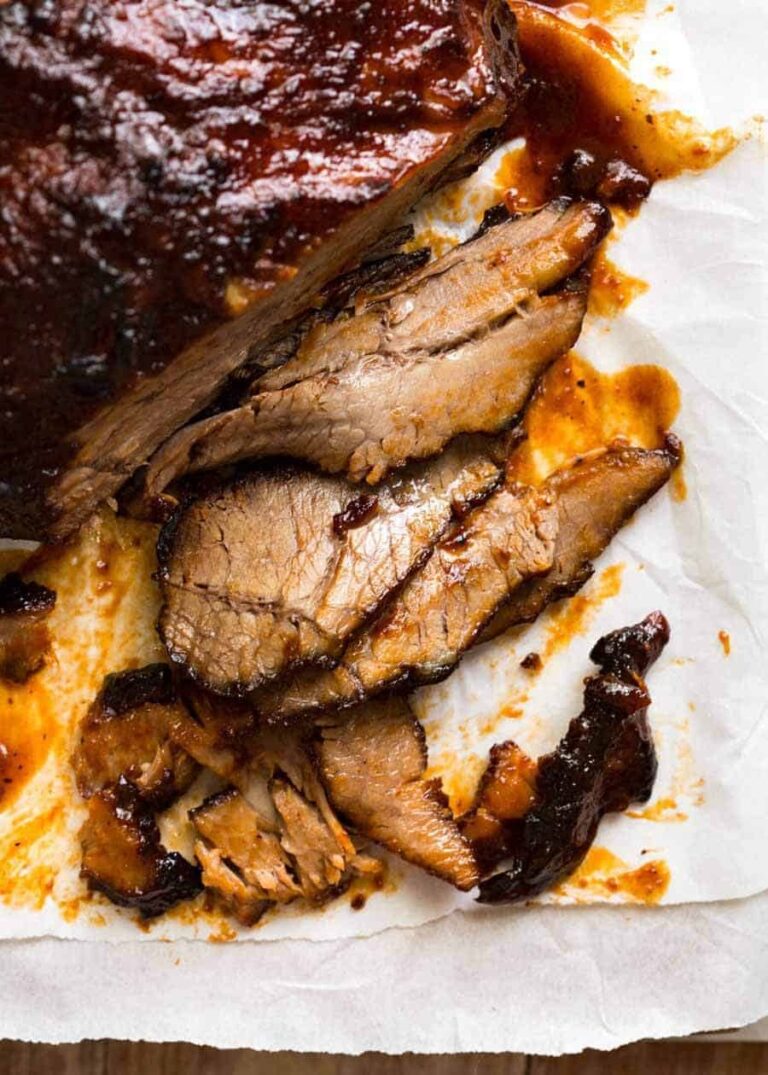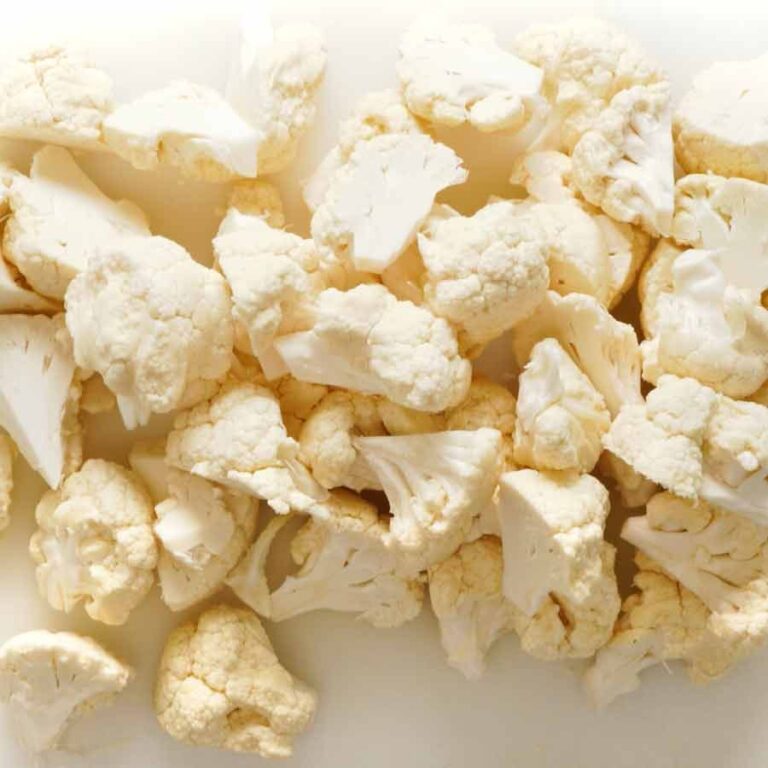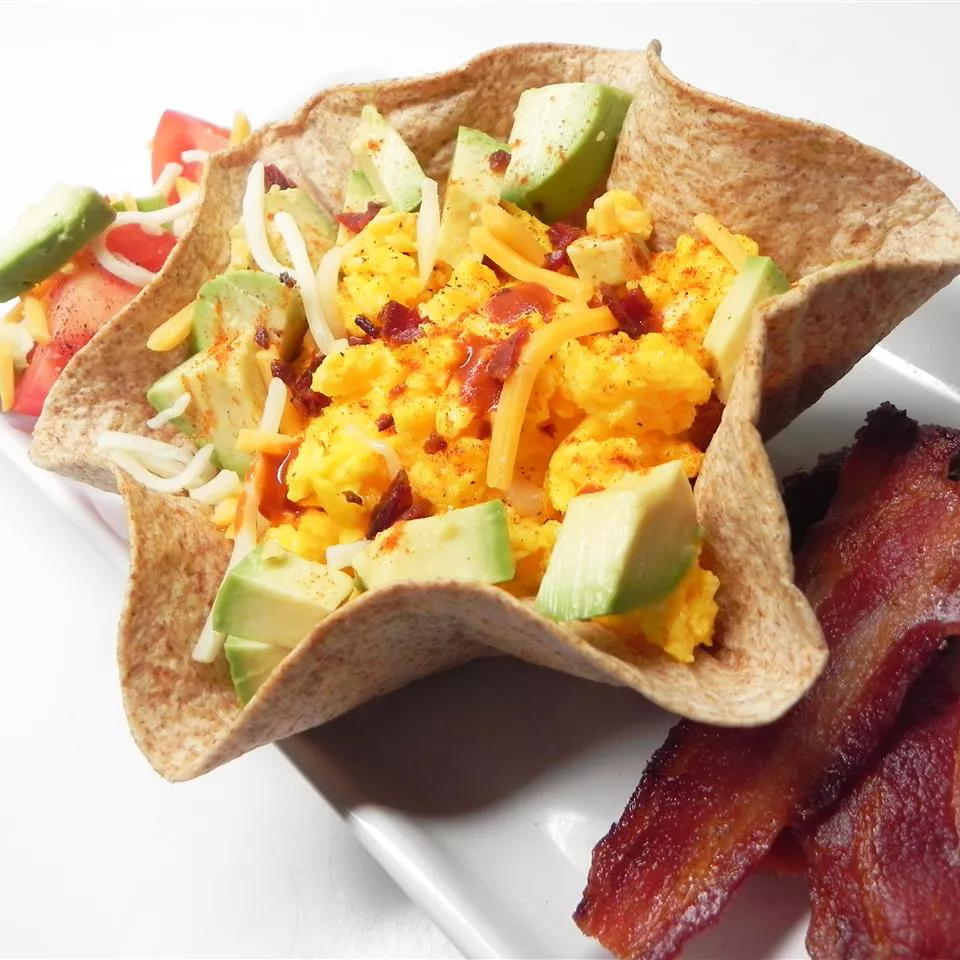
Bibimbap! (Korean Rice Bowl) Recipe
Bibimbap – Belief the Koreans to remodel the common-or-garden rice bowl right into a recipe that’s revered all all over the world! With a kaleidoscope of seasoned sautéed greens, Korean marinated beef, and the signature fried egg, the factor that actually seals the deal is the brilliant purple, spicy Bibimbap Sauce that I can’t get sufficient of.
Combine all of it up into one massive scrumptious mess, then dig in!
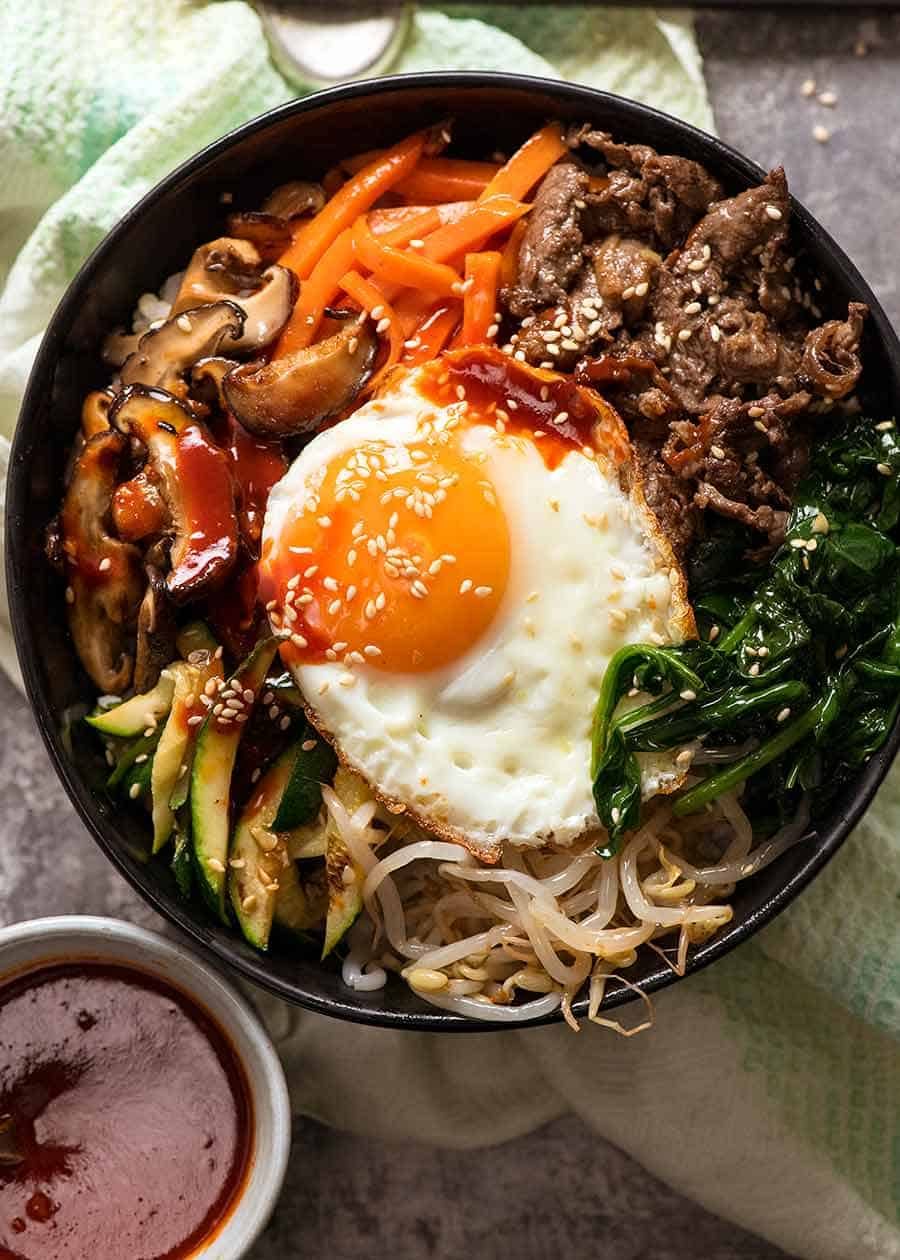
I’m slightly obsessive about Bibimbap. I’d go so far as to say that it’s my favorite Korean meals – but it surely all the time issues me after I make grand statements like that as a result of I’m nervous I’ve stated that about one other Korean recipe I’ve beforehand shared.
Nobody’s ever accused me of being unenthusiastic, that’s for positive! 😂
What’s bibimbap?
Bibimbap is among the most well-known Korean dishes. A rice bowl topped with all types of seasoned sautéed greens, marinated meat (normally beef), a fried egg sunny aspect up, completed with a sprinkle of sesame and beneficiant dollop of a sweet-spicy-savoury Bibimbap sauce. <- Heads up, this sauce is so superior, you’ll be able to principally use any greens and any meat and your Bibimbap goes to be delish!
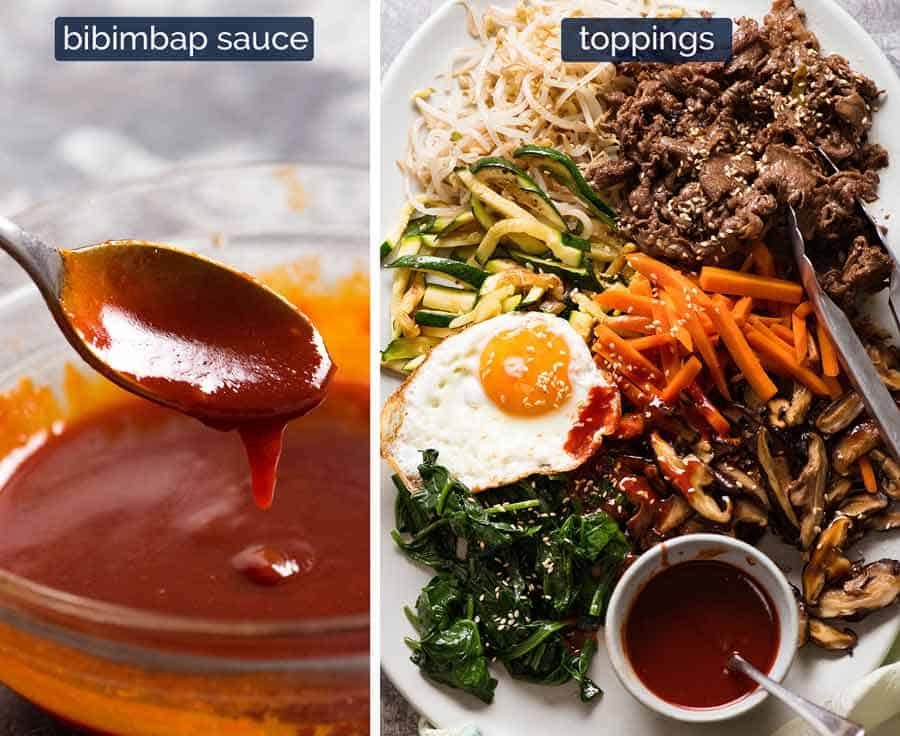
There’s no denying it – this recipe has extra parts to it than my fast ‘n simple one pot meals as a result of all of the toppings are seasoned and cooked individually.
However the easy seasonings are largely repetitive and it’s a very easy, leisurely recipe you can begin and cease as you please as a result of it’s MEANT to be served at room temp!
I’m going to stroll by every of the parts right here, however in the event you’re feeling impatient, simply skip forward to the recipe!
It’s in all probability not “regular” to begin with the Bibimbap Sauce, however I’m as a result of I believe it makes this dish. You should utilize any greens and any protein (even tofu) and your bibimbap will nonetheless be SO GOOD as soon as it’s all blended up with the rice and this sauce!
The important ingredient in Bibimbap Sauce is Gochujang, an intense flavoured spicy miso paste that’s key to Korean cooking. Discover it at Asian grocery shops (it’s low-cost, ~$2.50, and lasts for ages), at some Woolworths shops (Australia), and right here it’s on Amazon Australia, US, Canada and UK.
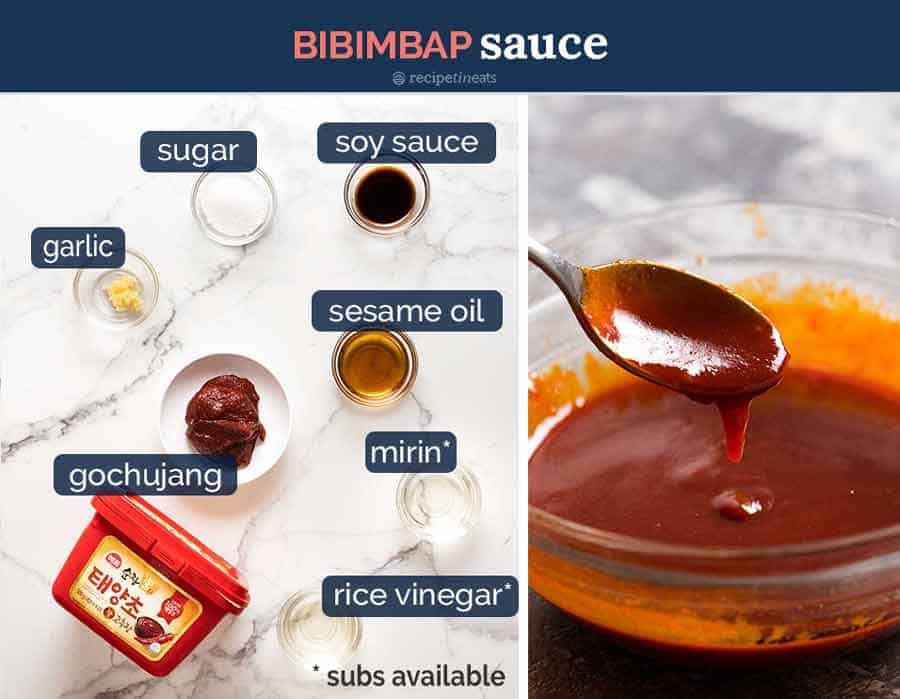
Skip to the recipe
These days, you’ll discover Bibimbap with all types of meat toppings however the conventional model is made with thinly sliced beef. The meat seasoning is normally a barely toned down model of Bulgogi (Korean Marinated Beef). We don’t want massive flavour on the meat as a result of the Bibimbap Sauce provides tons of flavour. Some recipes even use simply primary soy-garlic-sesame oil mixture.
However I like every element on my Bibimbap to be tasty sufficient to eat by itself so I exploit a scaled again Bulgogi marinade.
The distinctive ingredient in Bulgogi is grated apple – it is a signature approach utilized in Korean marinades so as to add flavour, sweetness and tenderise! Nashi pear can be generally used.
Different meats?
Completely! Chicken, turkey or pork lastly sliced or lower into skinny strips, small prawns/shrimp and even fish fillets (cook dinner entire then flake).
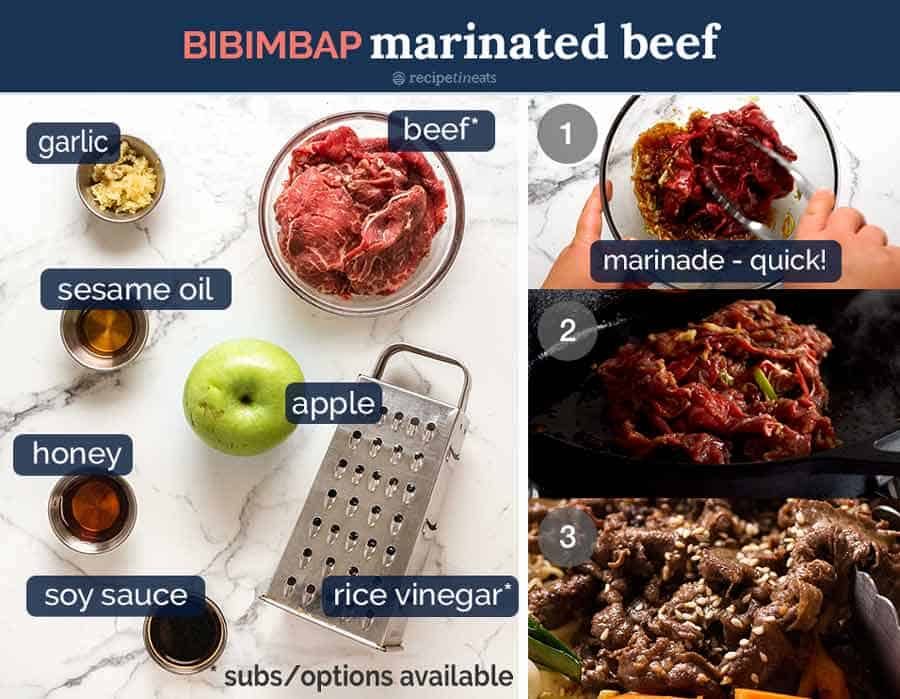
Skip to the recipe
That is the half that some folks discover tedious however I don’t discover to be a giant deal in any respect – cooking every of the greens individually.
Right here’s the way it goes down:
-
Shiitake mushrooms – soak in boiling water, then slice and sauté with garlic, soy and sugar. Contemporary additionally okay, however dried has extra intense flavour.
-
Zucchini and carrot – lower into batons, non-obligatory to sprinkle with salt then go away for 20 minutes (I usually skip this), then sauté till delicate.
-
Spinach – chop then sauté, tremendous fast!
-
Beansprouts – steam or boil till wilted, squeeze out extra liquid then season with garlic, sesame and fish sauce OR soy sauce.
Easy, proper?? Get two pans going in the event you’re impatient!
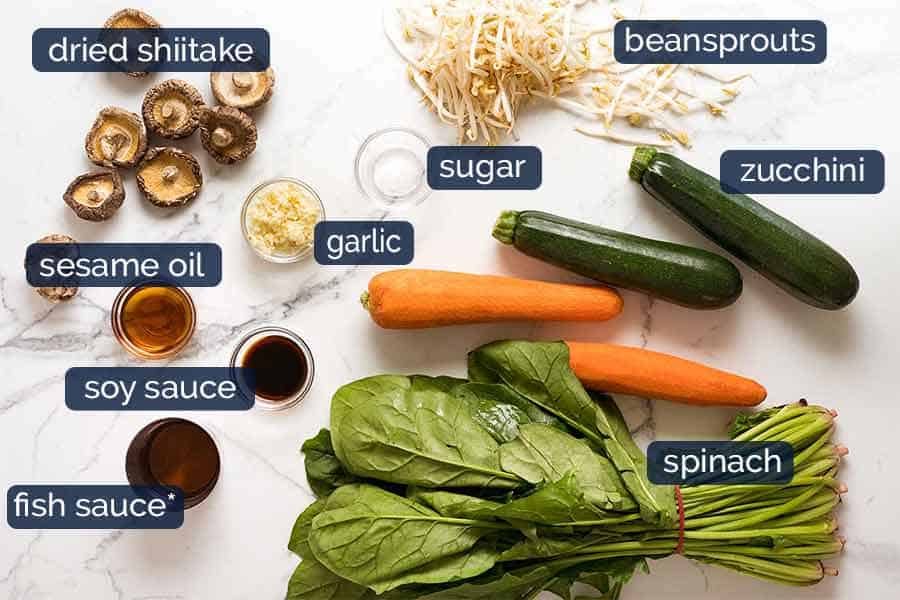
Skip to the recipe
Different greens?
So. Many. Choices! Listed here are some options to interchange the greens I exploit:
-
Dried shiitake – sub with any contemporary mushrooms
-
Carrot and zucchini – sub with asparagus, inexperienced beans, broccolini (halve lenthgwise), snow peas (slice, peppers/capsicum
-
Spinach and bean sprouts – kale, silverbeet, cabbage (sliced), leafy Asian greens
My favorite half! (Other than consuming it after all… and breaking the yolk… and mixing all of it up… OK fantastic. It’s my 4th favorite half!)
There are not any guidelines in regards to the order during which the greens and meat get positioned on the rice, however attempt to use alternating colors simply to make it look pretty much as good because it tastes. 😇
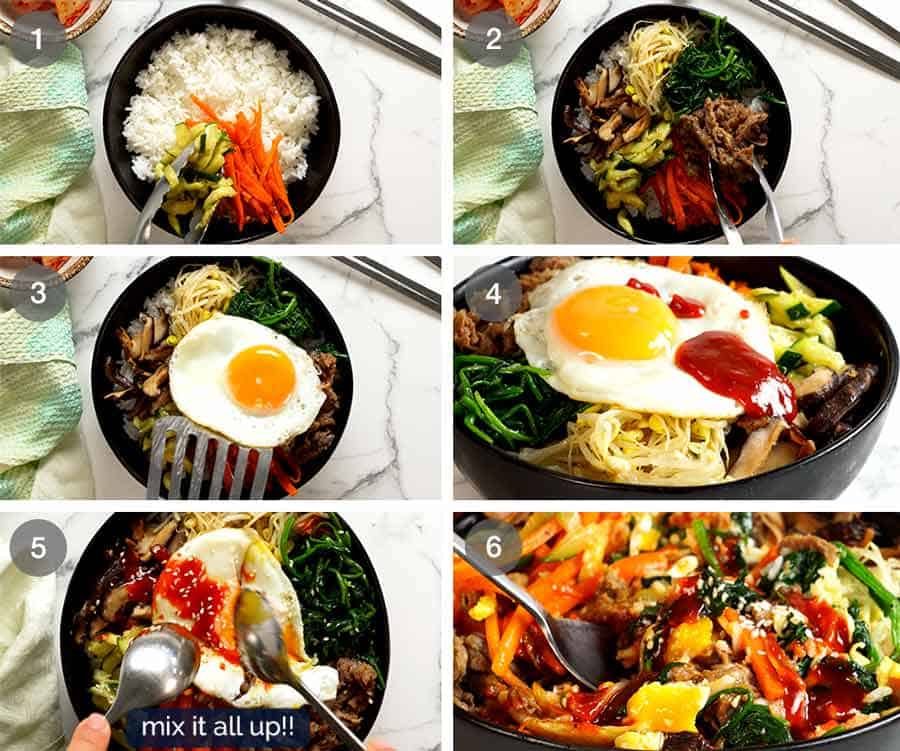
Skip to the recipe
A part of the entire Bibimbap expertise is how the bowl involves you wanting as fairly as an image, then you definitely get to dollop on as a lot Bibimbap Sauce as you need (I exploit about 2 tbsp), then in spite of everything that onerous work getting ready the bowls, you combine all of it up and switch it right into a scrumptious mess.
That first mouthful… I attempt to get a little bit of all the pieces, together with a little bit of runny yolk.
Then after that, I don’t care – I simply get caught into it. 😂
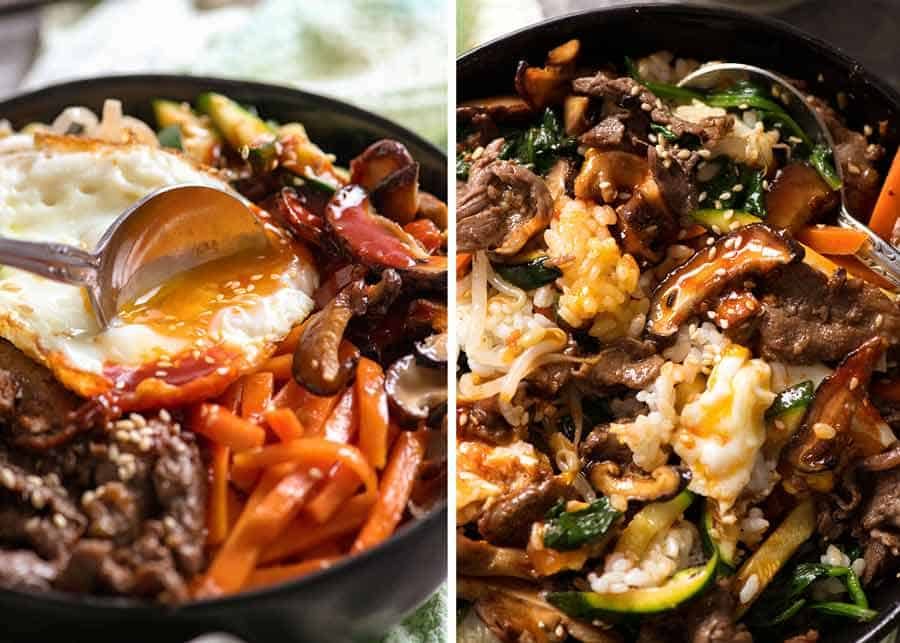
I used to be going to log off there, however I higher go away you with a barely neater photograph of Bimbimbap. 😂
– Johnsat x
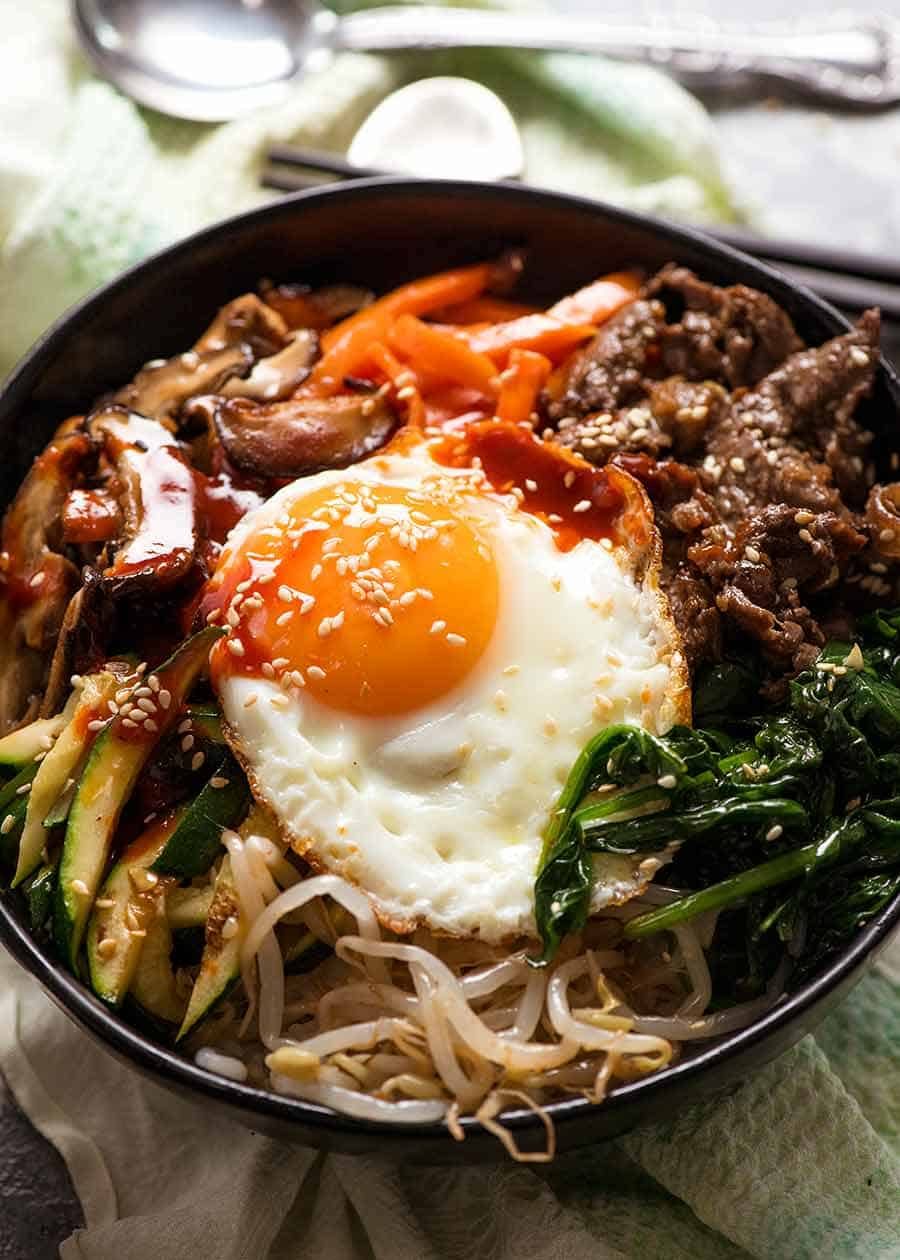

Ingredients
- 4 cups cooked white rice , preferably short grain (Note 1)
- 4 eggs
- 2 tsp sesame seeds
- 250 g/8oz beef tenderloin or thick steak , very finely sliced (subs, Note 2)
- 1/4 green apple , grated using box grater (Note 3)
- 3 garlic cloves , minced
- 1 tbsp soy sauce , light or all purpose (Note 4)
- 1 tbsp honey (or brown sugar)
- 2 tsp sesame oil , toasted (Note 9)
- 2 carrots , large, cut into 5 x 0.5cm/2 x 1/5″ batons
- 2 zucchini , large, cut into 5 x 0.5cm/2 x 1/5″ batons
- 1 bunch of spinach , cut into 5cm/2″ lengths
- 8 dried shiitake mushrooms , large (Note 5)
- 4 cups bean sprouts
- 2 tsp garlic , minced (3 cloves)
- 8 tsp vegetable oil , separated
- 1/2 tsp salt
- 1.5 tsp soy sauce , light or all purpose (Note 4)
- 1/4 tsp fish sauce (sub soy)
- 1/4 tsp white sugar
- Sesame oil , toasted (Note 9)
- 4 tbsp gochujang paste (Note 6)
- 2 tbsp mirin (Note 7)
- 2 tbsp rice vinegar (Note 8)
- 1.5 tsp soy sauce (Note 4)
- 3 tsp white sugar
- 1 garlic clove , finely grated
- 2.5 tsp sesame oil , toasted (Note 9)
Instructions
- Mix ingredients until sugar is dissolved.
- Mix the marinade in a bowl, then add beef. Marinate for 30 minutes to overnight.
- Heat 2 tsp oil in a large skillet over high heat. Let excess marinade drip off then add beef. Cook for 3 – 4 minutes until cooked and there’s some caramelised bits, then remove from skillet.
- Keep warm until required or reheat to warm.
- Shiitake: Soak mushrooms in a large bowl of boiling water for 30 minutes, or until rehydrated. Drain, squeeze out excess water, then slice.
- Carrot and Zucchini salting (optional, Note 10): Place carrot and zucchini in separate bowls, sprinkle each with 1/4 tsp salt, toss, leave for 20 minutes then drain excess liquid.
- Get 2 skillets going if you can!
- Shiitake: Heat 2 tsp oil oil in a skillet over medium high heat. Cook mushrooms for 2 minutes. Add 1.5 tsp soy, 1/4 tsp sugar, 1/2 tsp of garlic. Stir for 1 minute, then remove.
- Carrot: Add 2 tsp oil into the skillet, cook carrot until just tender (5 to 8 minutes), then remove.
- Zucchini: Cook as with carrot for 4 minutes.
- Spinach: Heat 2 tsp veg with a splash of sesame oil. Saute until starting to wilt. Add 1/2 tsp garlic, and salt to taste, stir, then remove. When cool, squeeze to drain out excess liquid.
- Beansprouts: Simmer in water for 5 min or steam in microwave for 3 min until floppy. Drain under cold water, then cool. Squeeze out excess liquid with hands, place in bowl. Mix with 2 tsp sesame oil, 1 tsp garlic, 1/4 tsp fish sauce.
- Vegetables can cool, they are meant to be at room temp or slightly warm.
- Fry eggs in a skillet to your taste (I like mine with runny yolks).
- Place warm rice in bowls.
- Top with vegetables and beef, as pictured in post, then lastly, the egg.
- Sprinkle with sesame seeds, drizzled with sesame oil. Serve with Bibimbap Sauce!
Notes
1. Rice – traditionally served with short grain white rice, can also use sushi rice (which is a short grain rice). Short grain is stickier so it’s easier to pick up with chopsticks. Any white or other rice of choice is also fine.
2. Beef – you can buy finely sliced beef in the freezer section of Asian stores, and I strongly urge you to do that if you can, I usually do! To do it yourself (which I did for the video & photos), use any tender cut of beef suitable for quick cooking (I used tenderloin). To slice super finely (the “Asian” way!), freeze for 30 to 60 minutes until firm but not rock hard, then finely slice as thin as possible.
3. Apple – using grated apple and nashi pears is a classic Korean marinade technique. Adds a touch of flavour, sweetness and tenderises the meat.
4. Soy sauce – use light or all purpose soy. Do not use soy labelled as dark soy or sweet soy.
5. Shiitake Mushrooms – dried mushrooms are found in larger supermarkets in Australia, but cheaper at Asian stores! Use 8 large or 12 small.
Sub fresh shiitake (but dried has more intense flavour), or any other fresh mushrooms (skip the soaking step).
6. Gochujang – a spicy red miso based based, lots of umami! Key Korean cooking ingredient. Find it at Asian grocery stores (it’s cheap, ~$2.50, and lasts for ages), at some Woolworths stores (Australia), and here it is on Amazon Australia, US, Canada and UK.
7. Mirin – Sweet Japanese cooking wine, also used in Korean cooking. Sold at Asian grocery stores and large supermarkets (Coles, Woolies, Aldi in Aus)
8. Rice Vinegar – Sold at Asian grocery stores and large supermarkets (Coles, Woolies, Aldi in Aus), sub with apple cider or white wine vinegar.
9. Sesame Oil – use toasted sesame oil, stronger flavour. Toasted is brown liquid, untoasted is yellow (not common in Australia).
10. Optional salting zucchini & carrot – this seasons the veg all the way through. I often skip this and just add the salt when sautéing.
11. Storage – This is SUCH a great meal prep! Keeps for 4 to 5 days. Also great bento box because it’s terrific at room temp! Can also freeze the beef straight after adding into marinade (it will marinade as it thaws).
12. Recipe references – I tend to research traditional ethnic foods quite a lot before sharing them so my end result reflects the best bits of all of them and tweaks to my taste! References include online Korean cooking experts such as Maangchi, My Korean Kitchen (Aussie Korean food blog!), Korean Bapsang and Beyond Kimchee as well as a bunch of Korean cookbooks (some browsed at the library, some at the bookshop and some I own!).
13. Nutrition includes 1 cup of cooked rice per serving.


